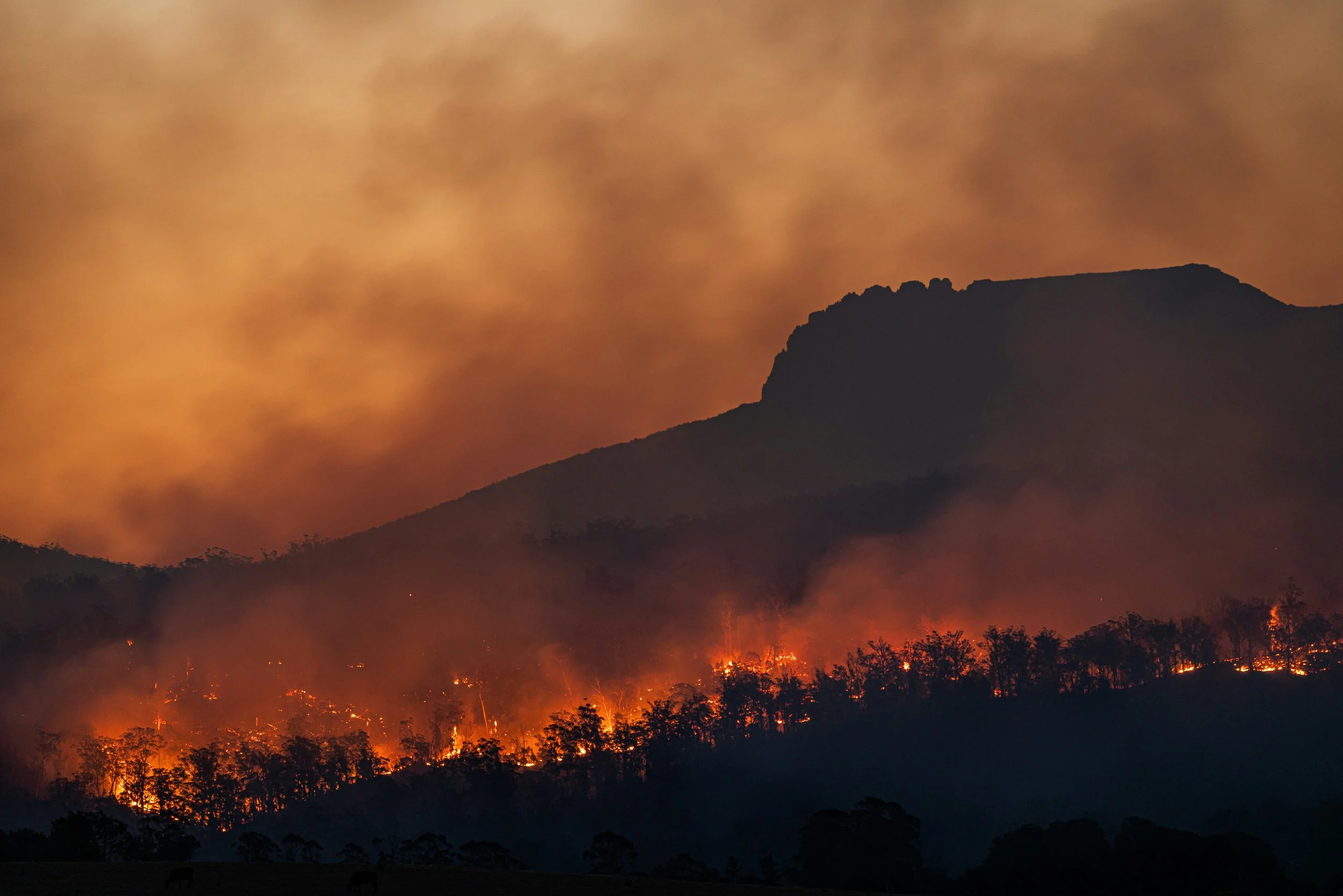The Urgency of Climate Education in a Burning World
Matt Palmer, Unsplash.
In the face of intensifying climate crises such as raging wildfires, record heatwaves, rising seas, and biodiversity collapse - the call for climate action has never been louder. Yet amid the headlines and political debates, one powerful, often underestimated solution lies in our classrooms: environmental education. Teaching children about the environment is not just an academic exercise; it is a necessity for ensuring the survival and wellbeing of future generations. In a burning world, where the effects of climate change are no longer distant possibilities but lived realities, environmental education empowers young people to become environmentally active, aware, and engaged citizens.
Ownership and accountability in children
Environmental education goes far beyond memorising facts about the water cycle or recycling. At its heart, it is about fostering a deep understanding of how human activity affects the planet, instilling a sense of responsibility, and equipping children with the tools to create positive change. It gives students the knowledge to comprehend the crisis, the critical thinking skills to challenge harmful practices, and the confidence to act with purpose and empathy.
The urgency of environmental education is grounded in reality. From air pollution in cities, to water shortages in rural areas, many children are already experiencing the effects of environmental degradation. They are not future victims of climate change, they are the current stakeholders. Equipping them with the skills and awareness to navigate and address these challenges is not just helpful; it is vital.
Moreover, children are naturally curious and emotionally responsive to issues of fairness, justice, and nature. These traits make them particularly receptive to environmental messages when delivered in meaningful ways. Teaching children about sustainability doesn’t have to be alarming, it can instead be empowering. It starts with helping them understand the interconnectedness of life on Earth and showing them how even small actions can have a ripple effect.
How can schools be involved?
School programs like Eco-Schools and Forest Schools for example, have shown how immersive, hands-on learning can transform students’ relationships with the environment. In Eco-Schools, children take part in waste audits, energy-saving campaigns, and wildlife conservation projects. By being active participants in improving their school’s sustainability, students learn not only about the environment but also about leadership, collaboration, and community action. Another powerful model is the use of project-based learning that incorporates real-world issues. A class studying the local river can simultaneously learn about ecosystems, water pollution, and conservation while engaging in river clean-ups or citizen science. Such experiences move learning beyond the textbook, making it personal and actionable.
In addition, environmental education also intersects with social justice. Climate change disproportionately affects the poorest and most marginalised communities. Teaching children about environmental justice helps them understand these inequalities and cultivates empathy and a desire to advocate for change. Stories of youth climate activists like Greta Thunberg, Vanessa Nakate, and Leah Namugerwa demonstrate how young people can speak truth to power, push for policy change, and mobilise others to act. Sharing these stories in the classroom helps students see that they, too, can make a difference.
Cross curricular ideas
Furthermore, environmental education should be integrated across subjects, not siloed into one-off lessons or special days. Literacy lessons can involve reading eco-themed literature; maths classes can analyse data on energy consumption or waste; art projects can use recycled materials. This cross-curricular approach not only reinforces sustainability but also shows children that caring for the Earth is not a separate issue, it is embedded in every part of life. One compelling classroom strategy is the use of storytelling. Stories like The Lorax by Dr. Seuss or The Last Tree by Emily Haworth-Booth humanise environmental issues and prompt children to reflect on values like responsibility, greed, and stewardship. These narratives provide accessible entry points into complex topics and encourage emotional engagement. By empathising with fictional characters or witnessing the degradation of nature through narrative, children develop a deeper sense of care and urgency.
Final thoughts
The long-term benefits of environmental education are profound. Studies have shown that students exposed to consistent environmental learning are more likely to adopt sustainable behaviours, influence their families’ practices, and even pursue careers in environmental science, engineering, or policy. They grow up with a sense of agency, not apathy. In a world where eco-anxiety is increasingly common among young people, environmental education also plays a therapeutic role, by turning fear into understanding and helplessness into action.
In conclusion, in the midst of climate chaos, environmental education is not a luxury; it is a lifeline. It prepares children not just to cope with an uncertain future but to shape it. It builds a generation of critical thinkers, compassionate leaders, and informed citizens who can rise to the challenge of a changing world. As fires rage, oceans rise, and species vanish, the most radical and hopeful act we can take is to teach our children to care, to act, and to believe that their voices matter. Because they do - and the future depends on it.
